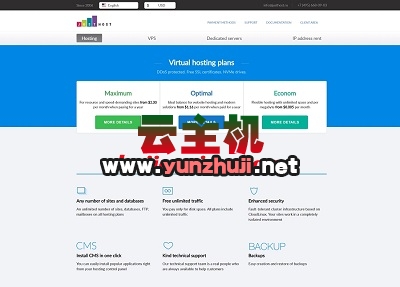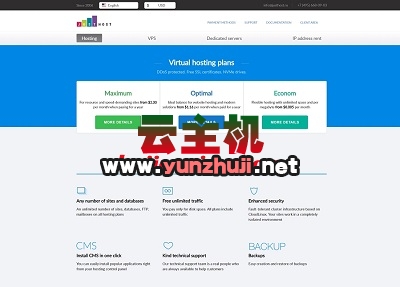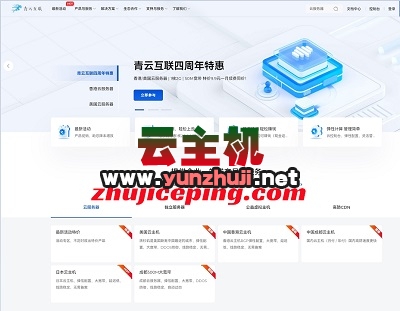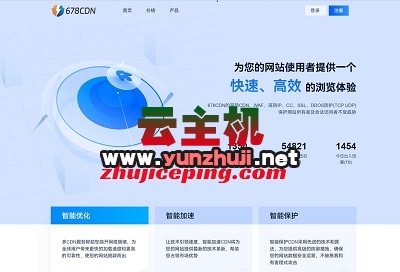在NIO模型中,服务器端和客户端的代码实现都遵循非阻塞I/O操作的原则,以下是一个简单的NIO服务器端和客户端的代码示例。
(图片来源网络,侵删)1. NIO服务器端代码
1.1 创建选择器和通道
我们创建一个Selector和一个监听特定端口的ServerSocketChannel。
import java.io.IOException;
import java.net.InetSocketAddress;
import java.nio.ByteBuffer;
import java.nio.channels.*;
import java.util.Iterator;
import java.util.Set;
public class NIOServer {
public static void main(String[] args) throws IOException {
// 创建选择器
Selector selector = Selector.open();
// 创建ServerSocketChannel
ServerSocketChannel serverSocket = ServerSocketChannel.open();
InetSocketAddress address = new InetSocketAddress("localhost", 9090);
serverSocket.bind(address);
serverSocket.configureBlocking(false);
SelectionKey selectorKey = serverSocket.register(selector, SelectionKey.OP_ACCEPT);
System.out.println("Server started on port 9090");
// 主循环,处理事件
while (true) {
int readyChannels = selector.select();
if (readyChannels == 0) continue;
Set<SelectionKey> selectedKeys = selector.selectedKeys();
Iterator<SelectionKey> keyIterator = selectedKeys.iterator();
while (keyIterator.hasNext()) {
SelectionKey key = keyIterator.next();
if (key.isAcceptable()) {
// 接受新连接
handleAccept(serverSocket, selector);
} else if (key.isReadable()) {
// 读取数据
handleRead(key);
}
keyIterator.remove();
}
}
}
} 1.2 处理新连接和读取数据
我们需要实现handleAccept和handleRead方法来处理新的连接请求和读取数据。
static void handleAccept(ServerSocketChannel serverSocket, Selector selector) throws IOException {
SocketChannel client = serverSocket.accept();
client.configureBlocking(false);
client.register(selector, SelectionKey.OP_READ);
System.out.println("New connection accepted: " + client.getRemoteAddress());
}
static void handleRead(SelectionKey key) throws IOException {
SocketChannel client = (SocketChannel) key.channel();
ByteBuffer buffer = ByteBuffer.allocate(1024);
int bytesRead = client.read(buffer);
if (bytesRead == 1) {
client.close();
} else {
buffer.flip();
// 在这里可以对读取到的数据进行处理
System.out.println("Data read from client: " + new String(buffer.array(), StandardCharsets.UTF_8));
}
} 2. NIO客户端代码
2.1 创建选择器和通道
对于客户端,我们也需要创建一个Selector和一个SocketChannel。
import java.io.IOException;
import java.net.InetSocketAddress;
import java.nio.ByteBuffer;
import java.nio.channels.*;
import java.util.Iterator;
import java.util.Set;
public class NIOClient {
public static void main(String[] args) throws IOException {
// 创建选择器和通道
Selector selector = Selector.open();
SocketChannel socketChannel = SocketChannel.open();
socketChannel.configureBlocking(false);
socketChannel.connect(new InetSocketAddress("localhost", 9090));
socketChannel.register(selector, SelectionKey.OP_CONNECT);
// 主循环,处理事件
while (true) {
int readyChannels = selector.select();
if (readyChannels == 0) continue;
Set<SelectionKey> selectedKeys = selector.selectedKeys();
Iterator<SelectionKey> keyIterator = selectedKeys.iterator();
while (keyIterator.hasNext()) {
SelectionKey key = keyIterator.next();
if (key.isConnectable()) {
// 完成连接过程
connect(socketChannel);
} else if (key.isWritable()) {
// 写入数据
write(socketChannel);
}
keyIterator.remove();
}
}
}
} 2.2 完成连接和写入数据
实现connect和write方法来完成连接过程和发送数据。
static void connect(SocketChannel socketChannel) throws IOException {
if (socketChannel.isConnectionPending()) {
while (!socketChannel.finishConnect()) {
// wait, or do something else...
}
System.out.println("Connected to server");
}
socketChannel.configureBlocking(false);
socketChannel.register(Selector.open(), SelectionKey.OP_WRITE);
}
static void write(SocketChannel socketChannel) throws IOException {
String message = "Hello from client!";
ByteBuffer buffer = ByteBuffer.allocate(1024);
buffer.put(message.getBytes(StandardCharsets.UTF_8));
buffer.flip();
while (buffer.hasRemaining()) {
socketChannel.write(buffer);
}
buffer.clear();
System.out.println("Message sent to server: " + message);
} 相关问题与解答
Q1: NIO与传统的BIO相比有哪些优势?
A1: NIO(Nonblocking I/O)相较于传统的BIO(Blocking I/O)有多个优势:它能够处理更多的并发连接,因为NIO使用非阻塞模式;通过一个线程管理多个连接,减少了线程切换的开销;提高了应用程序的可扩展性和性能。
Q2: 在NIO模型中,如果一个连接既不是读也不是写,那么它的状态是什么?
A2: 在NIO模型中,如果一个连接既不是读也不是写,那么它可能是处于建立连接(OP_CONNECT)或者正在关闭状态(OP_CLOSE),这些状态可以通过检查SelectionKey的interestSet()方法来确定。

 云主机测评网
云主机测评网














最新评论
本站CDN与莫名CDN同款、亚太CDN、速度还不错,值得推荐。
感谢推荐我们公司产品、有什么活动会第一时间公布!
我在用这类站群服务器、还可以. 用很多年了。